Top Things to Know Before Buying an Indoor Plant Wall
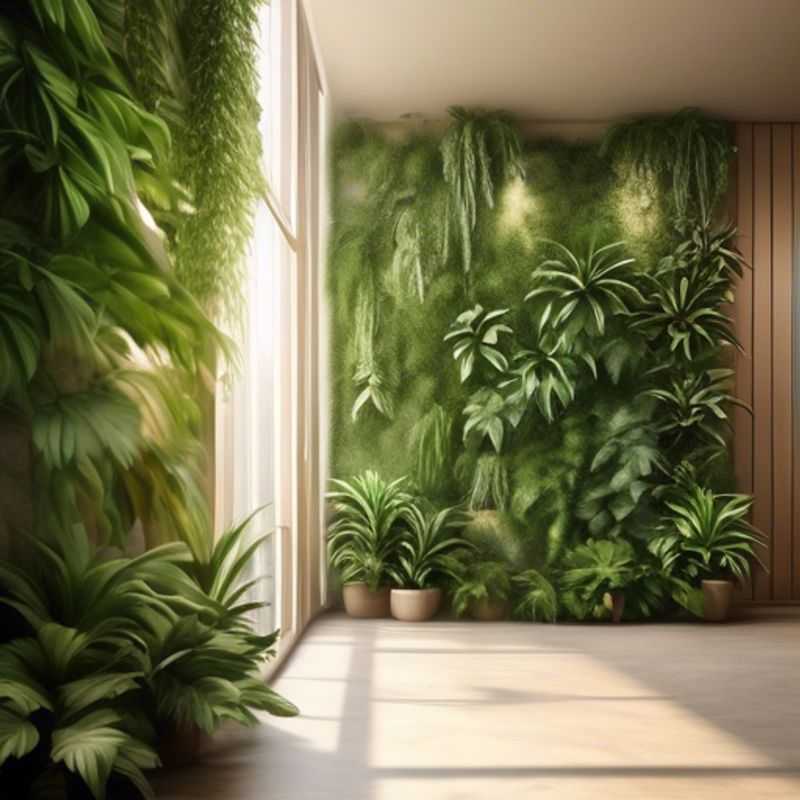
7 Crucial Factors to Consider Before Installing Your Indoor Plant Wall
Before embarking on the journey of bringing a lush indoor plant wall to life, it’s crucial to consider a few key aspects to ensure success and a thriving, sustainable green space.
First and foremost, measure the available wall space meticulously. This will dictate the size and configuration of your plant wall, ensuring a perfect fit without overwhelming the room.
Next, assess the lighting conditions in your chosen location.
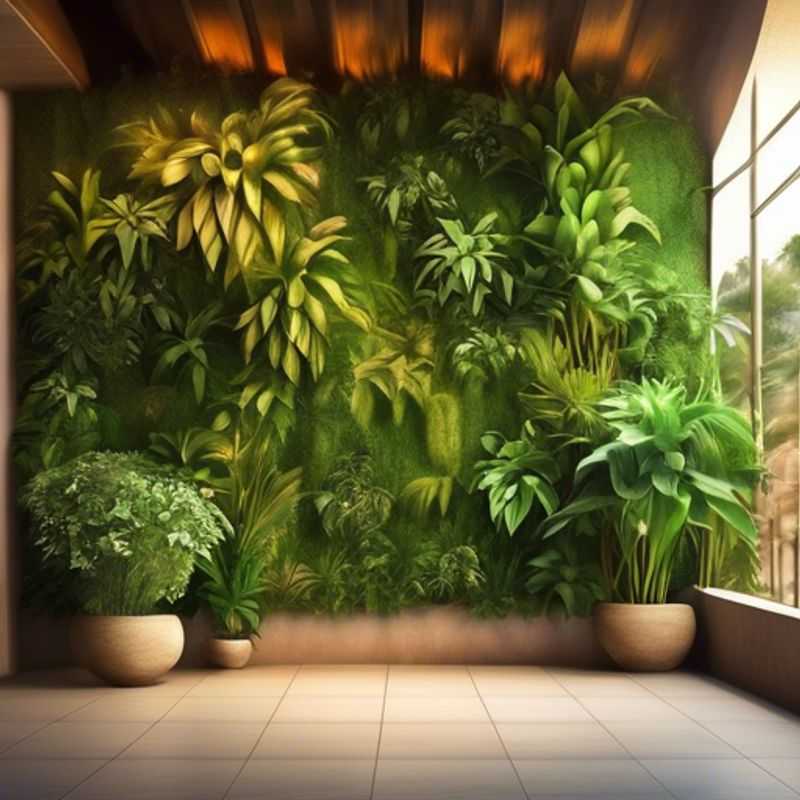
Measure Twice, Plant Once: Ensuring Your Wall Garden Fits Perfectly
Measuring the available wall space is crucial when planning to install a plant wall. Start by determining the exact dimensions of the wall where you intend to place the plant wall. Use a measuring tape to get both the height and width, and account for any obstructions such as windows, electrical outlets, or light switches that might affect the installation.
It's also important to consider the weight capacity of your wall. Different wall materials (drywall, brick, concrete) have varying load-bearing capabilities, so ensure you know the type of wall you are working with. If necessary, consult with a professional to assess the wall's strength.
When estimating costs, factor in expenses for mounting hardware, which can include brackets and anchors suitable for your wall type. Additionally, consider the cost of any tools you might need, such as drills or levelers, if you don't already have them. If you plan to hire a professional for installation, include their fees in your budget as well.
Finally, remember to leave some space for growth and maintenance access, as plants will need room to thrive and be tended to. Taking these steps will help ensure that your plant wall fits properly and functions effectively.
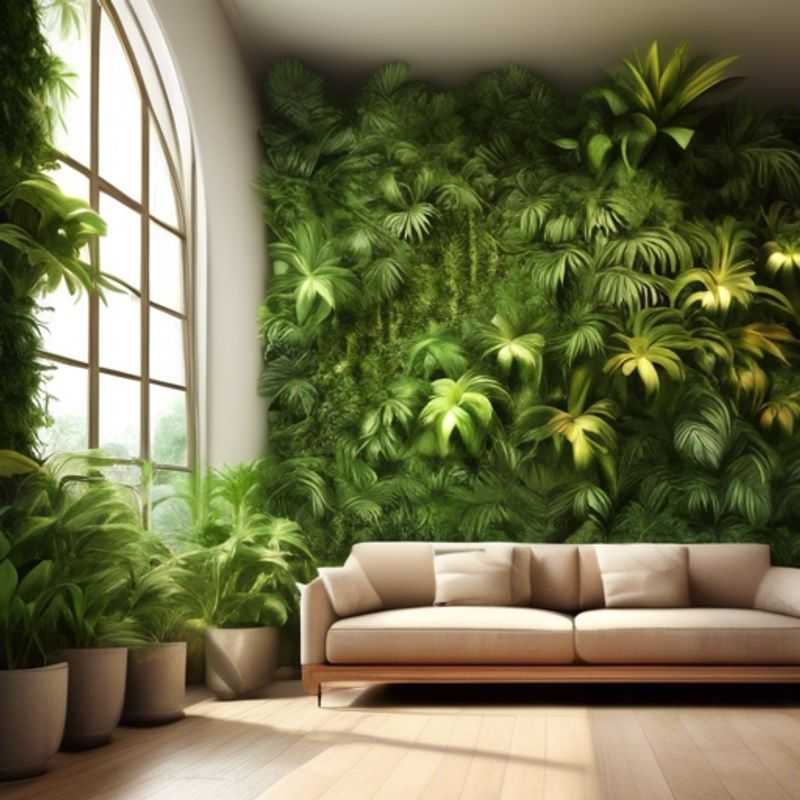
Lighting Matters: Choosing the Right Plants for Your Room's Conditions
When selecting plants for your home, it’s crucial to consider the lighting conditions. Different plants thrive in varying light levels. Sunlight is the primary source of energy for plant growth, influencing factors like leaf color, growth rate, and even flowering.
Knowing your room’s light exposure is vital. You can categorize it into three primary types:
Direct sunlight: This means the sun shines directly on the plant for several hours each day. It is usually found in south-facing windows.
Indirect sunlight: This means the light is filtered through sheer curtains or other obstructions. It is usually found in east-facing and west-facing windows.
Low light: This means the plant receives minimal sunlight and is typically found in rooms with no or only small windows.
Once you understand your room’s light exposure, you can choose plants that thrive in those conditions. For instance, low-light plants like snake plants, ZZ plants, and peace lilies can tolerate less sunlight. Sun-loving plants like succulents, cacti, and geraniums need plenty of direct sunlight.
Matching the plant's light needs to your home's conditions will ensure your plants flourish and add a touch of green to your space.
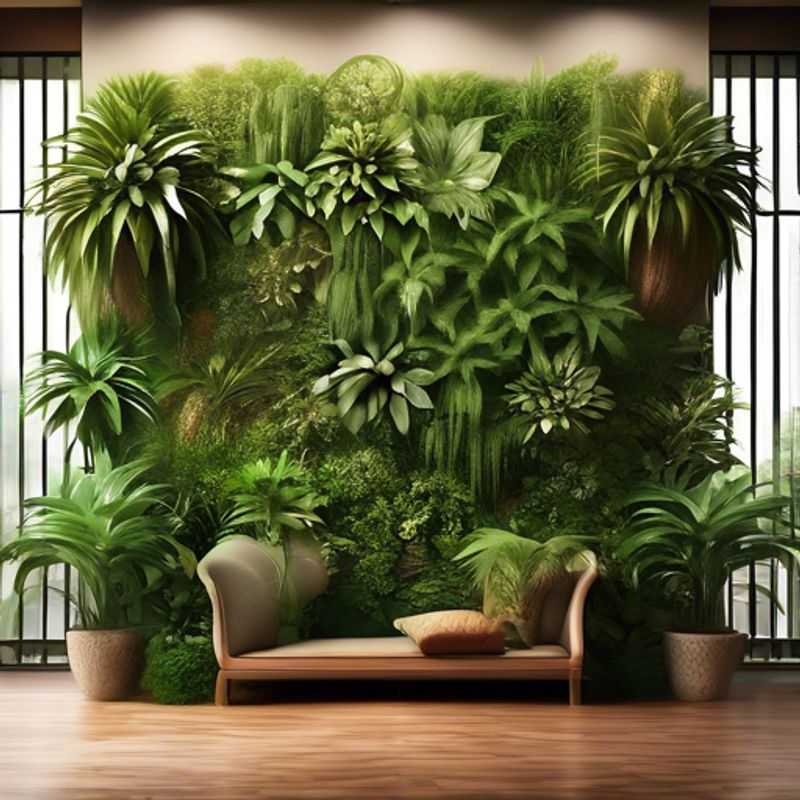
Understanding Watering and Maintenance Needs for Your Plants
Understanding the watering and maintenance requirements for your chosen plants is essential for their thriving. Different plants have unique needs, so it's crucial to research and learn about the specific requirements of your selection. Watering is a key aspect; some plants prefer moist soil while others tolerate drier conditions. Overwatering can be detrimental, leading to root rot. Proper drainage is crucial to prevent waterlogging. Sunlight exposure is another critical factor. Plants need varying amounts of sunlight, so understanding the specific requirements of your plants is crucial. Ensure they receive adequate sunlight or provide artificial lighting if necessary. Regular fertilizing can be beneficial for healthy growth, but excessive fertilization can harm plants. Pruning is another aspect of maintenance that involves removing dead or diseased parts to promote healthy growth. Remember to consult reliable sources and experts for guidance specific to your chosen plants.
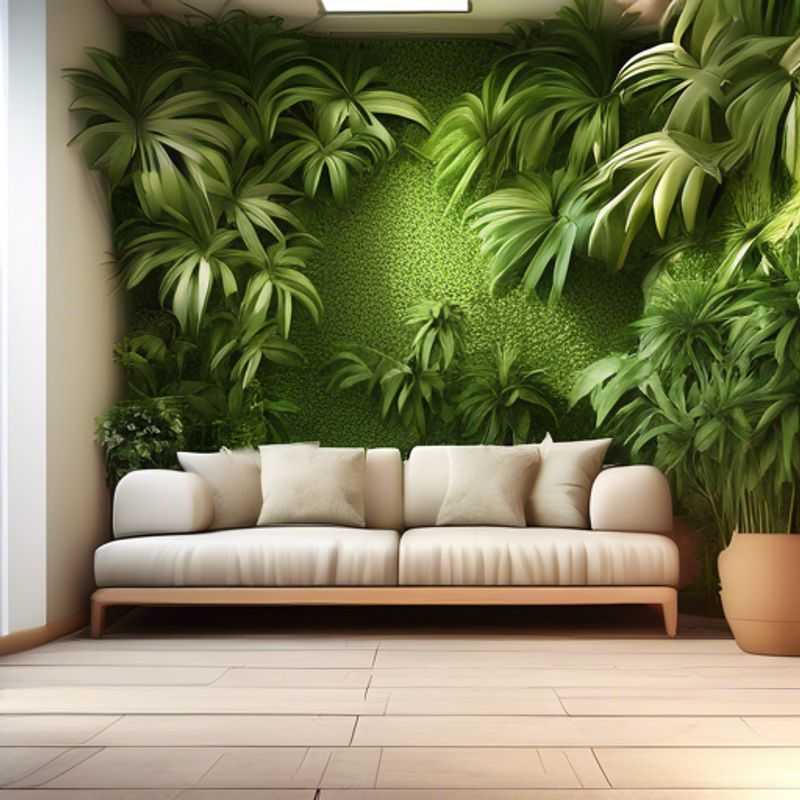
Wall Strength Check: Ensuring Your Plant Wall System Stays Put
Before you start your plant wall project, it is crucial to ensure that the wall can safely handle the weight. This is crucial for safety, as well as for the longevity of your project. A plant wall can be heavy, especially when considering the weight of the plants, soil, water, and the structure itself.
Here’s how to determine if your wall can handle the weight:
1. Calculate the potential weight. Determine the size of your plant wall and the types of plants you are using. You can estimate the weight per square foot based on the plants, soil, and the system’s structure. You can find these estimates online or consult a professional.
2. Check your wall’s structural integrity. If you are unsure about your wall’s capability, consult a structural engineer. They can assess the wall and provide you with information about its load-bearing capacity.
3. Consider reinforcing the wall. If your wall isn't strong enough, you may need to reinforce it with additional support. This can be done by adding wall studs, using a stronger material for the wall, or employing specialized support brackets.
4. Use a lightweight plant wall system. If your wall cannot support a heavy system, opt for a lightweight option. These systems often utilize a lighter material like a grid or a fabric panel, and smaller plant pots.
5. Distribute the weight evenly. It’s vital to distribute the weight evenly across the wall. This can be achieved by using a sturdy frame for your plant wall, and making sure the weight is evenly balanced within the frame. Remember that a heavier plant wall may require more frequent watering, adding to the weight load.
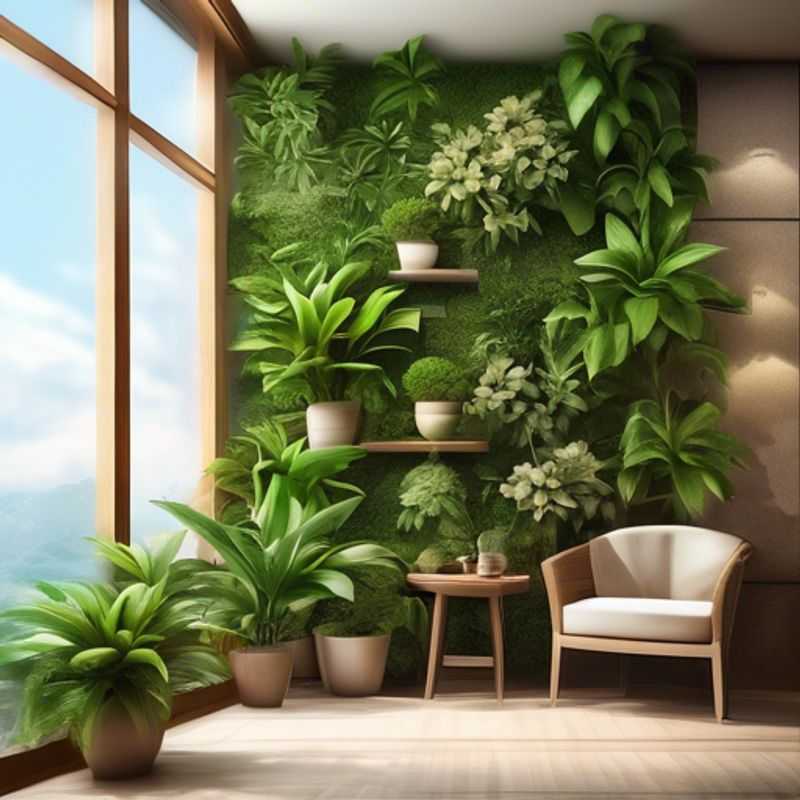
DIY Project Success: Researching Installation & Tools Before You Start
Before starting any installation project, it's crucial to thoroughly research the installation process and gather necessary tools and hardware. This pre-planning ensures a smooth and successful installation while minimizing potential complications and unnecessary costs.
Start by carefully reviewing the manufacturer's installation instructions and any available online resources. These documents often provide detailed step-by-step guides, diagrams, and specifications. Pay close attention to safety precautions, recommended tools, and specific hardware requirements.
Identify the tools and hardware needed for the installation. This may include basic tools like screwdrivers, wrenches, and measuring tapes, as well as specialized equipment specific to the project. Remember to factor in any necessary safety gear, such as gloves, goggles, and ladders.
Consider any potential costs associated with the installation. This may include the price of tools, hardware, and any required permits or inspections. It's wise to budget for unexpected expenses and factor in the cost of professional installation if necessary.
Research the specific installation requirements for your location, as building codes and regulations can vary. Contact your local building department or a qualified contractor for clarification on any necessary permits or inspections.
Ensure you have the necessary skills and experience for the installation. If unsure, consider seeking guidance from a qualified professional. Improper installation can lead to safety hazards, damage, and potential warranty voiding.
By following these steps and conducting thorough research, you'll lay a solid foundation for a successful and safe installation project.
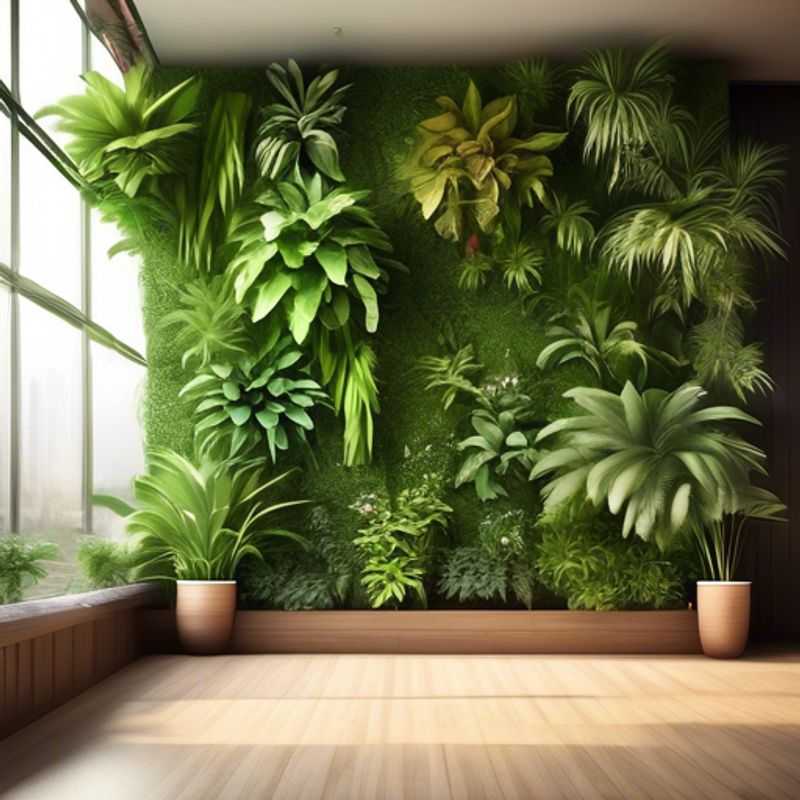
Don't Forget the Extras: Accounting for Plant, Container, and Mounting Costs in Your Vertical Garden
When planning a vertical garden, it's crucial to factor in the cost of the plants, containers, and wall mounting system. Choosing the right plants is essential, as some may require more specialized care or have different price points. Containers come in various materials and sizes, impacting both aesthetics and cost. The wall mounting system should be robust and suitable for the weight of the plants and containers. Consider the type of mounting system, its material, and installation costs. Remember that the initial investment in these elements will contribute to the overall cost of your vertical garden, so it's wise to compare prices and choose wisely to stay within your budget.
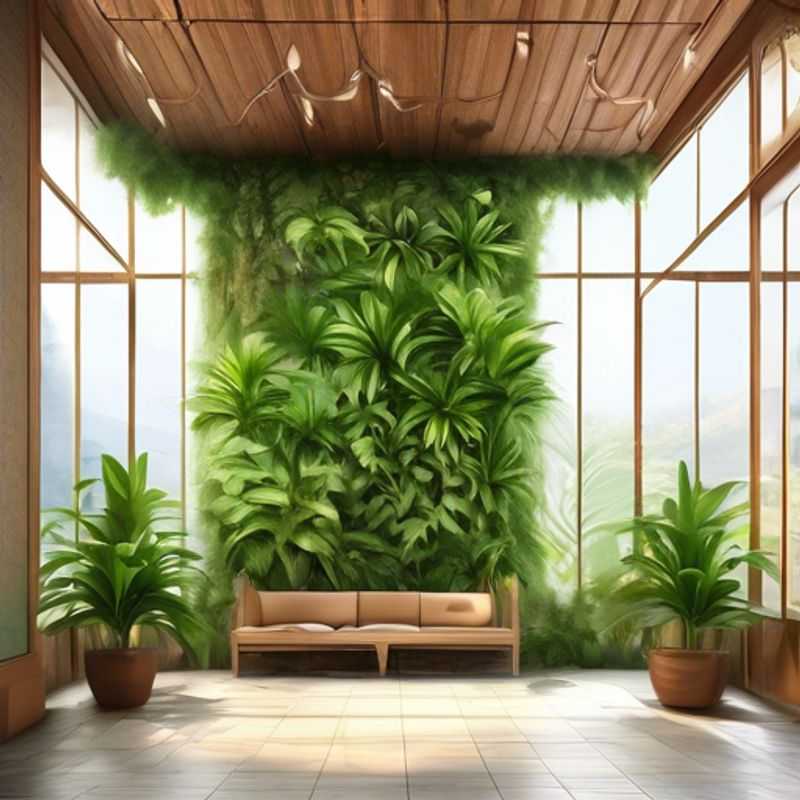
Keeping Your Indoor Plant Wall Thriving: A Plan for Ongoing Care and Maintenance
Creating a plan for ongoing care and maintenance of an indoor plant wall is essential for ensuring its longevity and aesthetic appeal. Start by assessing the light requirements of your plants; most indoor plants thrive in bright, indirect light. Regularly monitor the moisture levels in the soil and adjust your watering schedule accordingly—overwatering can lead to root rot, while underwatering can stress the plants. Fertilization is also crucial; use a balanced, water-soluble fertilizer every 4-6 weeks during the growing season to promote healthy growth.
Consider the temperature and humidity levels in the room where your plant wall is located. Most indoor plants prefer temperatures between 65°F and 75°F (18°C to 24°C) and humidity levels of 40-60%. You may need to use a humidifier or pebble trays to maintain these conditions. Regularly check for pests and diseases, and address issues promptly to prevent spread. Pruning dead or yellowing leaves will help maintain the visual appeal and health of your plant wall.
When estimating the costs for ongoing maintenance, consider these paid activities: hiring a professional gardener for bi-weekly checks, purchasing quality fertilizers and soil amendments, and investing in pest control solutions. Additionally, consider potential costs for replacing any plants that do not thrive or for installing a watering system if manual care becomes too labor-intensive. Planning for these factors will help you maintain a vibrant and healthy indoor plant wall.
